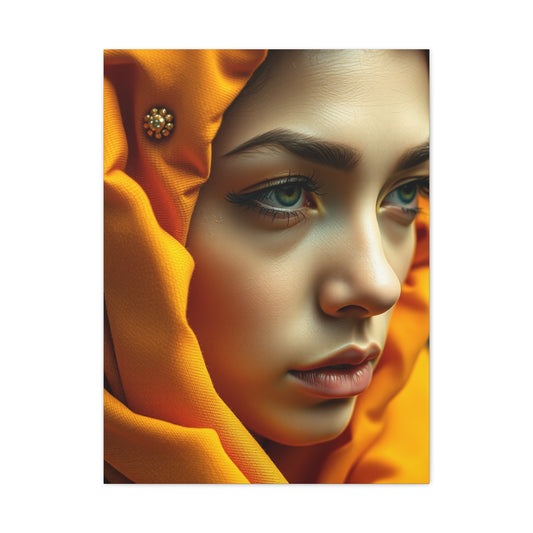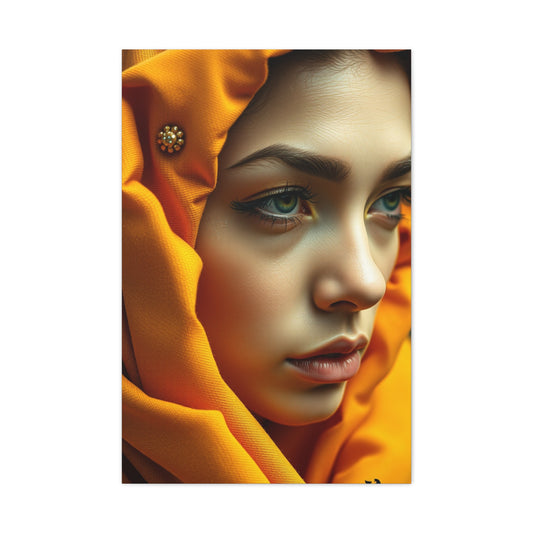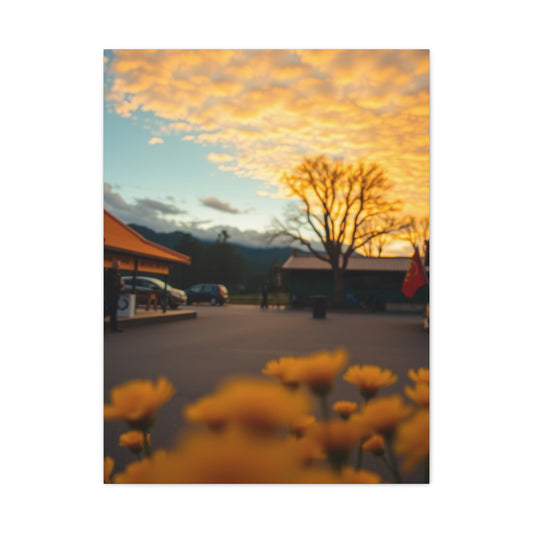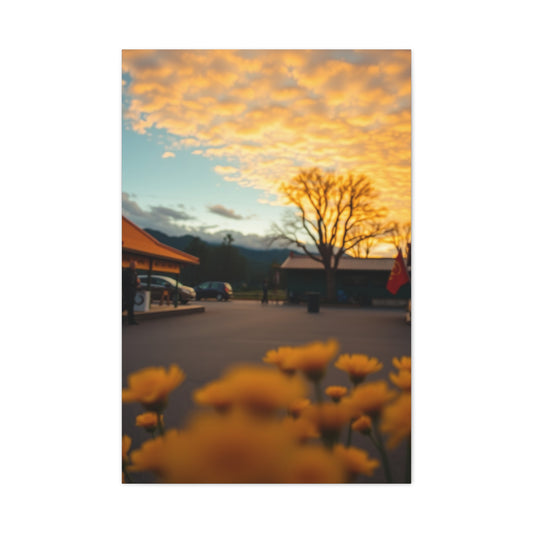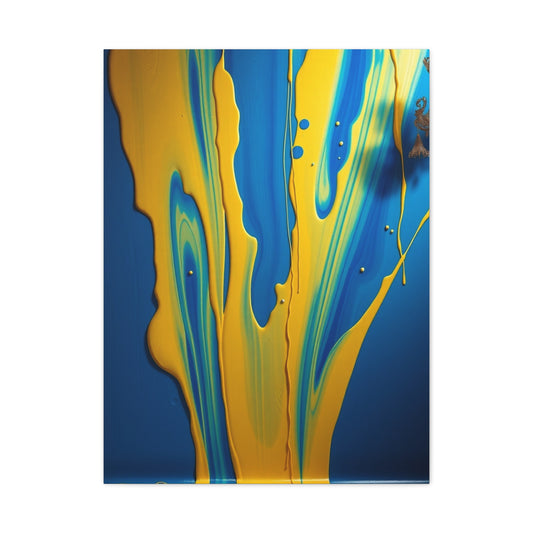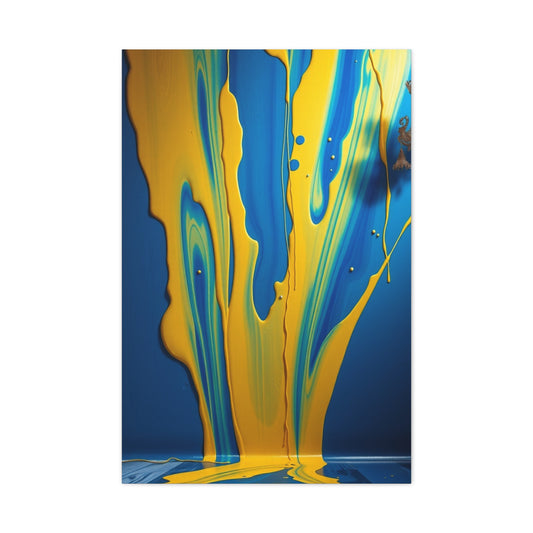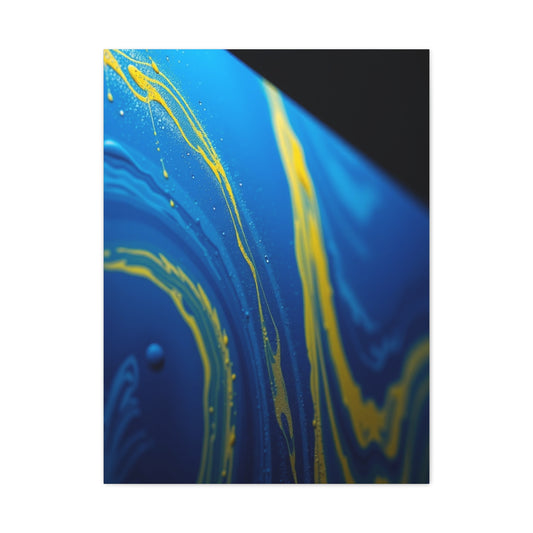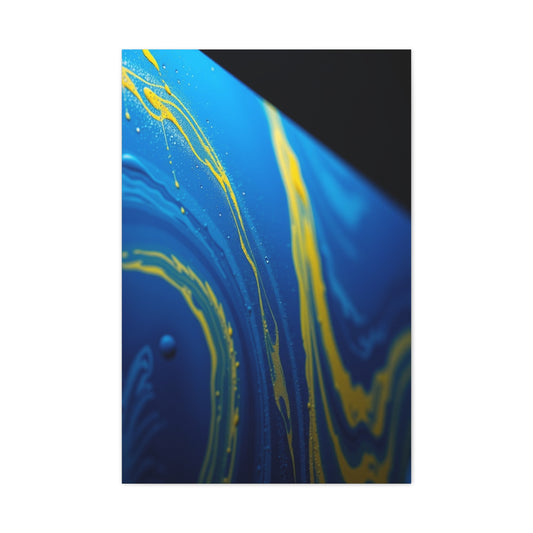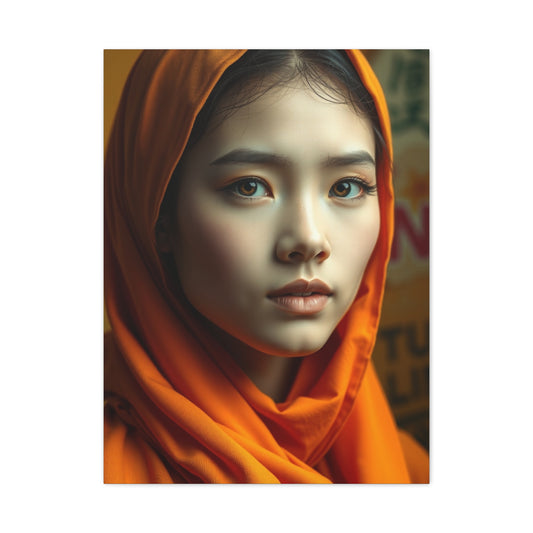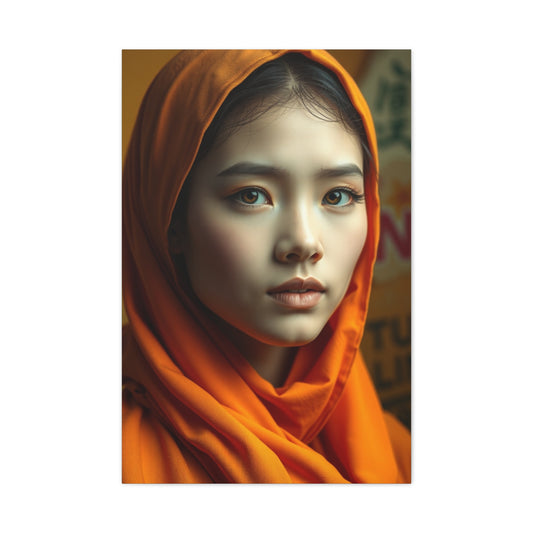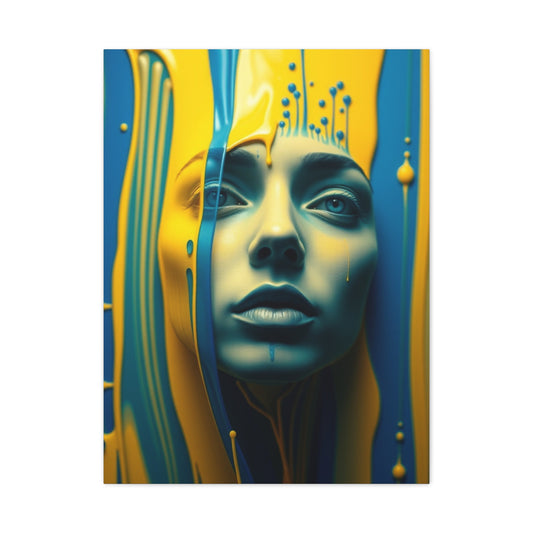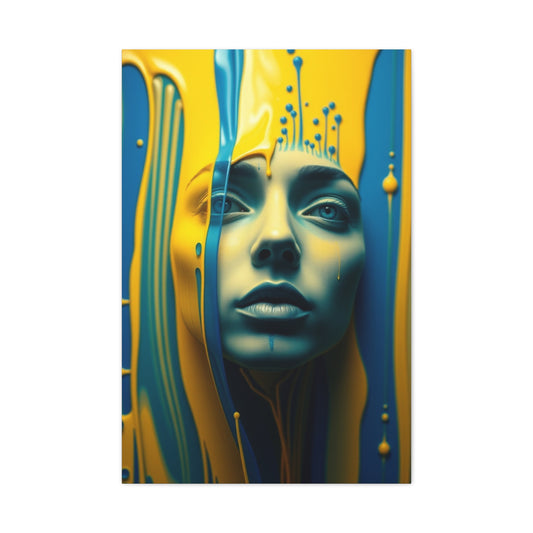Transforming your bedroom into a personalized sanctuary doesn't require expensive professional services or costly materials. With imagination, creativity, and basic crafting skills, you can revolutionize any sleeping space into an extraordinary haven that reflects your unique personality and style preferences. This comprehensive guide explores innovative do-it-yourself bedroom decoration concepts that breathe life into mundane spaces while establishing environments conducive to rest, creativity, and personal expression.
The beauty of handcrafted bedroom decorations lies in their ability to tell stories, evoke emotions, and create meaningful connections between inhabitants and their living spaces. Unlike mass-produced decorative items, DIY projects carry personal significance and demonstrate individual creativity while providing cost-effective solutions for bedroom enhancement.
Modern bedroom decoration trends increasingly embrace handmade elements that showcase personal craftsmanship and artistic vision. These projects offer therapeutic benefits beyond mere aesthetic improvement, providing opportunities for mindful creation, stress relief, and skill development while producing tangible results that enhance daily living experiences.
Interactive Chalkboard Wall Creations for Dynamic Expression
Chalkboard walls have become an innovative trend in bedroom design, transforming ordinary spaces into interactive and functional environments. This creative feature allows for an endless array of artistic expression, practical applications, and personal customization. A chalkboard wall offers an adaptable space that can evolve with the occupant's mood, interests, and creative inspirations. From doodling to organizing ideas and tracking goals, these walls serve as a blank canvas for both personal expression and functional utility.
The Appeal of Chalkboard Walls in Bedroom Spaces
The idea of integrating chalkboard walls into bedroom design is grounded in the belief that our surroundings should inspire and foster creativity. Unlike static decorations or traditional artwork, chalkboard walls offer the unique ability to change and evolve with the occupant's changing preferences. Whether it's an impromptu artistic creation, an inspirational quote, or a daily reminder, chalkboard walls allow for an interactive experience that traditional wall treatments simply cannot provide.
These walls are particularly valuable in smaller bedrooms or spaces that require multifunctional uses. For instance, a chalkboard wall can serve as a place to jot down important notes, grocery lists, or reminders while also functioning as a creative outlet for children or adults who wish to express their artistic side. The versatility of this concept ensures it can adapt to diverse needs and preferences, contributing both to the functional and aesthetic qualities of a room.
The Process of Installing Chalkboard Walls
Installing a chalkboard wall is simpler than one might think, though there are several essential steps to ensure a smooth, durable, and professional result. The first step in the installation process is selecting the right wall surface. Walls with smooth, even surfaces are ideal for chalkboard paint application. It is essential to avoid walls with texture or imperfections that could hinder the even spread of paint.
Once the wall is chosen, thorough cleaning is crucial to remove any dust, dirt, or oils that may affect paint adhesion. After cleaning, sanding the wall’s surface is necessary to eliminate any existing paint flaws or rough patches. By sanding, you create a more uniform surface that allows the chalkboard paint to adhere properly, ensuring a smooth and durable writing surface.
After preparing the wall, apply a primer designed to enhance the adhesion of chalkboard paint. This ensures that the paint will stick evenly and last longer. Once the primer is dry, it's time to apply the chalkboard paint itself. It's important to use a high-quality, specialized chalkboard paint rather than generic black paint. Chalkboard paints are formulated to provide an optimal writing surface that is both erasable and durable, ensuring long-lasting performance.
Choosing the Right Chalkboard Paint for Your Bedroom
When selecting chalkboard paint for your bedroom, consider factors such as durability, color variety, and ease of cleaning. Traditional chalkboard paint typically comes in a matte black finish, but modern options are available in various colors, including forest green, navy blue, burgundy, and even pastel shades. These colored chalkboard paints offer a more refined and personalized look, making it easier to match the wall with existing room decor and aesthetic preferences.
The choice of chalkboard color plays a significant role in how the space feels. While black chalkboard walls are classic and versatile, incorporating other colors can introduce a touch of sophistication or playfulness to the room. Deep tones like rich burgundy or midnight blue create a more luxurious, elegant vibe, while brighter hues such as mint green or pale lavender can add an airy, light-hearted atmosphere. By using colored chalkboard paint, you can create a more cohesive design that suits the overall ambiance of your bedroom.
Practical and Functional Uses of Chalkboard Walls
Beyond their artistic appeal, chalkboard walls provide a multitude of practical uses, particularly in a bedroom setting. For students or individuals who work from home, a chalkboard wall can function as a planning station, calendar, or goal tracker. It becomes a space where daily tasks, personal reminders, and appointments are easily visible, eliminating the need for multiple sticky notes or scattered papers.
For children, chalkboard walls provide an engaging, interactive space for learning and creativity. From spelling and math practice to brainstorming new ideas, these walls become a dynamic educational tool. The versatility of a chalkboard wall allows it to serve as both a creative outlet and an educational tool in a way that traditional decor cannot.
For those looking to organize their space more effectively, chalkboard walls offer an easy and visually appealing way to categorize information. For example, the wall can be divided into sections for daily to-do lists, reminders, or personal goals. You can create designated spaces for specific purposes, such as a section for artistic drawings, another for inspirational quotes, and another for tracking personal achievements.
Chalkboard Wall Maintenance and Care
One of the main advantages of a chalkboard wall is its durability and ease of maintenance. However, to ensure the wall remains in top condition, regular care and upkeep are necessary. Routine cleaning is essential to prevent chalk dust from building up and causing permanent stains on the surface. To clean the chalkboard wall, use a soft, damp cloth or a microfiber eraser specifically designed for chalkboard surfaces. It's important to avoid abrasive sponges or cleaning products that may scratch or damage the surface.
Over time, chalkboard walls may require light reconditioning to maintain their smoothness. Light sanding with fine-grit sandpaper can help refresh the writing surface, allowing for easy chalk erasure without leaving smudges or marks. Additionally, periodic reapplication of chalkboard paint may be necessary, especially if the wall has been used extensively.
When applying new layers of paint, make sure the surface is clean and properly prepared to ensure the new coat adheres well. To maintain the longevity of your chalkboard wall, it's advisable to avoid using permanent markers or non-chalk writing instruments, as these can cause permanent staining.
Safety Considerations in Chalkboard Wall Installation
When installing a chalkboard wall in your bedroom, safety should always be a top priority. Some chalkboard paints contain chemicals that may be harmful to indoor air quality if not properly managed during application. It is essential to select low-VOC (volatile organic compound) or zero-VOC chalkboard paints that minimize harmful emissions. These environmentally friendly paints ensure that the air remains clean and safe, particularly in bedrooms where people spend long periods.
Proper ventilation during the application process is also critical. Ensure the room is well-ventilated to allow any fumes from the paint to dissipate. Open windows and use fans to circulate air while the paint dries and cures. Additionally, it is essential to follow all manufacturer guidelines for paint application, drying times, and curing periods to achieve the best results and ensure safety.
Origami Art Installations for Three-Dimensional Wall Enhancement
Origami represents ancient Japanese paper-folding traditions that create stunning three-dimensional artworks from simple paper materials. These intricate creations add depth, texture, and cultural sophistication to bedroom walls while demonstrating patience, precision, and artistic dedication required for successful completion.
Paper selection significantly influences final results and project longevity. High-quality origami papers offer superior folding characteristics, enhanced color retention, and improved durability compared to standard copy papers. Specialty papers including washi, kami, and foil-backed varieties provide unique textures and visual effects that elevate simple projects into museum-worthy installations.
Design planning involves selecting complementary color schemes, determining optimal sizing relationships, and establishing cohesive arrangement patterns that create visual harmony rather than chaotic clustering. Successful installations balance individual piece visibility with overall compositional unity, ensuring each element contributes to the broader artistic narrative.
Complexity levels range from beginner-friendly cranes and flowers to advanced modular constructions requiring hundreds of individual components. Starting with simpler projects builds confidence and technical skills while providing immediate gratification that encourages continued exploration of more challenging designs.
Cultural significance adds educational value to decorative benefits, providing opportunities to explore Japanese artistic traditions, philosophical concepts, and historical contexts that enrich understanding beyond surface aesthetics. Sharing these stories with family members creates meaningful connections between art appreciation and cultural awareness.
Installation techniques require careful consideration of wall surfaces, mounting methods, and environmental factors that affect paper longevity. Adhesive selection impacts both holding power and potential surface damage, while placement decisions should account for humidity levels, direct sunlight exposure, and air circulation patterns that influence paper preservation.
Seasonal variations allow for dynamic displays that evolve throughout the year, incorporating appropriate colors, themes, and symbolic meanings associated with different seasons or holidays. Spring installations might feature cherry blossoms and butterflies, while winter displays could emphasize snowflakes and geometric patterns.
Interactive elements encourage family participation and ongoing engagement with displayed artworks. Teaching origami techniques to children develops fine motor skills, spatial reasoning abilities, and cultural appreciation while creating shared experiences that strengthen family bonds through collaborative creativity.
Handcrafted Kite Display Systems for Whimsical Ceiling Treatment
Kite displays transform bedroom ceilings into imaginative sky scenes that evoke feelings of freedom, adventure, and childhood wonder. These suspended installations create dynamic visual interest while adding movement and depth to otherwise static overhead spaces that typically receive minimal decorative attention.
Construction materials encompass traditional kite-making supplies including lightweight wooden dowels, durable fabric or paper coverings, and strong string or fishing line for suspension systems. Alternative materials such as bamboo skewers, tissue paper, and decorative ribbons offer cost-effective options while maintaining authentic kite aesthetics.
Design variations include traditional diamond shapes, box kites, delta configurations, and custom geometric forms that reflect personal preferences or thematic room concepts. Size relationships should consider ceiling height, room proportions, and furniture placement to ensure installations enhance rather than overwhelm existing design elements.
Color coordination involves selecting hues that complement wall colors, bedding patterns, and decorative accessories while maintaining appropriate contrast levels for visual definition. Monochromatic schemes create subtle sophistication, while bold color combinations add energetic excitement to neutral room foundations.
Suspension techniques require careful planning to ensure safety, stability, and aesthetic appeal. Ceiling hook placement should align with structural elements capable of supporting display weights while maintaining desired visual arrangements. Adjustable suspension systems accommodate seasonal changes and design evolution preferences.
Safety considerations include using lightweight materials that minimize injury risks if installations become dislodged, ensuring adequate clearance above sleeping and walking areas, and selecting flame-resistant materials that comply with bedroom safety standards. Regular inspection schedules identify potential hazards before problems develop.
Educational opportunities include exploring kite history, aerodynamic principles, and cultural significance across various global traditions. These discussions enrich decorative projects with meaningful learning experiences that expand knowledge beyond crafting techniques while fostering appreciation for diverse cultural contributions.
Maintenance requirements involve periodic dusting, checking suspension integrity, and replacing worn components before failures occur. Protective measures such as UV-resistant materials and strategic placement away from heating sources extend installation lifespans while preserving original appearance quality.
Polka Dot Pattern Treatments for Playful Wall Transformation
Polka dot patterns introduce playful geometric elements that create visual rhythm and movement across wall surfaces while maintaining timeless appeal that transcends specific design trends. These versatile decorations adapt to various color schemes, sizing preferences, and arrangement styles that suit individual aesthetic preferences.
Template creation ensures consistent dot sizing and professional appearance quality throughout installation projects. Cardboard circles, plastic lids, or commercial stencils provide reliable templates that produce uniform results while minimizing measurement errors and application inconsistencies that detract from overall visual impact.
Spacing calculations determine optimal dot distribution that creates balanced compositions without overwhelming existing room elements. Mathematical approaches using grid systems ensure even spacing, while organic arrangements following natural flow patterns create more relaxed, informal atmospheres suitable for creative personalities.
Color selection strategies encompass monochromatic schemes using various shades of single colors, complementary combinations that create dynamic contrast, and analogous palettes that provide harmonious progression across color spectrums. Metallic accents add sophisticated glamour, while neon colors inject energetic youth into contemporary design schemes.
Application techniques include hand-painting individual dots, using adhesive vinyl circles, or employing stamp methods that accelerate installation processes while maintaining quality standards. Surface preparation ensures optimal adhesion and longevity regardless of chosen application methods.
Scale variations create visual hierarchy and depth perception within polka dot installations. Combining large focal dots with smaller accent elements establishes primary and secondary visual areas that guide eye movement across decorated surfaces while preventing monotonous repetition patterns.
Theme integration allows polka dots to support broader room concepts such as vintage fashion, circus entertainment, or modern pop art movements. Supporting decorative elements should reinforce chosen themes while maintaining cohesive aesthetic unity throughout bedroom environments.
Removal considerations include selecting temporary application methods that preserve wall surfaces for future redecorating projects. Removable vinyl dots, washable paints, and temporary adhesives provide flexibility for renters or individuals who prefer frequent design changes without permanent commitments.
Reclaimed Wood Shelf Construction for Functional Art Display
Reclaimed wood shelving projects combine environmental consciousness with practical storage solutions while adding rustic charm and natural texture to bedroom environments. These sustainable decorations demonstrate resourcefulness and creativity while providing functional surfaces for displaying personal collections, books, and decorative objects.
Wood selection involves identifying appropriate lumber types, assessing structural integrity, and evaluating aesthetic qualities that align with intended design goals. Hardwood species offer superior durability and attractive grain patterns, while softer woods provide easier workability for beginning woodworkers developing fundamental skills.
Preparation processes include cleaning, sanding, and treating reclaimed lumber to remove contaminants, smooth rough surfaces, and prevent pest infestations that could compromise bedroom air quality or structural integrity. Proper preparation ensures safe, attractive results that justify time investments required for thorough completion.
Design considerations encompass shelf dimensions, bracket selections, and arrangement patterns that optimize both storage functionality and visual appeal. Weight-bearing requirements determine appropriate thickness specifications, while length measurements should accommodate intended display items without appearing oversized or insufficient for practical use.
Hardware selection includes brackets, screws, and wall anchors capable of supporting anticipated loads while complementing wood aesthetics through appropriate finish choices. Decorative brackets add architectural interest, while invisible mounting systems create floating appearances that emphasize wood beauty over mechanical components.
Finishing options range from natural oil treatments that preserve original wood characteristics to paint applications that integrate shelving with existing color schemes. Distressing techniques create vintage appearances, while smooth contemporary finishes suit modern design preferences that emphasize clean lines and minimal ornamentation.
Safety protocols include wearing appropriate protective equipment during construction, ensuring proper ventilation when applying finishes, and following manufacturer instructions for all hardware and chemical products. Proper installation techniques prevent accidents while ensuring long-term structural stability.
Installation procedures require accurate measurements, level placement, and secure mounting that accounts for wall construction materials and stud locations. Professional-quality installations contribute to overall room aesthetics while providing reliable functionality for daily use requirements.
Fantasy-Themed Wall Mural Projects for Imaginative Environments
Fantasy murals transport bedroom occupants into magical realms filled with unicorns, rainbows, castles, and mythical creatures that stimulate imagination while creating personalized environments reflecting individual interests and dreams. These ambitious projects require artistic vision, technical skills, and patience but produce stunning results that serve as focal points for entire room designs.
Planning stages involve developing detailed sketches, selecting appropriate color palettes, and determining scale relationships that fit available wall spaces without overwhelming room proportions. Preliminary drawings help visualize final results while identifying potential challenges before beginning permanent paint applications.
Material requirements include high-quality wall paints, various brush sizes, blending tools, and protective equipment that ensure safe, professional results. Specialty paints such as metallics, glitters, or glow-in-the-dark formulations add magical effects that enhance fantasy themes while maintaining appropriate bedroom safety standards.
Technique development encompasses basic painting skills including color mixing, shading, highlighting, and texture creation that transform flat surfaces into convincing three-dimensional appearances. Practice exercises on poster board or canvas develop confidence before attempting wall applications that require steady hands and artistic judgment.
Composition principles guide element placement, size relationships, and visual flow patterns that create cohesive narratives rather than disconnected images scattered across wall surfaces. Successful murals tell stories through strategic positioning of characters, landscapes, and atmospheric effects that engage viewers emotionally.
Color theory applications ensure harmonious palettes that support overall room aesthetics while maintaining sufficient contrast for visual clarity and artistic impact. Understanding warm and cool color relationships helps create depth perception and atmospheric perspective that makes murals appear more realistic and immersive.
Protective measures include sealing finished murals with appropriate topcoats that resist fading, moisture damage, and cleaning wear while maintaining original color intensity and artistic detail. Quality protective finishes extend mural lifespans significantly while preserving investment value.
Lighting considerations involve positioning artificial illumination to enhance mural visibility without creating harsh shadows or glare that diminishes artistic impact. Accent lighting can highlight specific mural sections while general room lighting ensures comfortable visibility for daily activities.
Textile Art Integration for Softness and Warmth
Textile arts introduce softness, warmth, and tactile variety to bedroom environments through fabric-based decorations that complement hard surfaces while adding personal touches reflecting individual style preferences and cultural heritage. These projects accommodate various skill levels from simple no-sew options to complex needlework requiring advanced techniques.
Fabric selection involves considering texture, weight, color, and maintenance requirements that align with intended applications and personal preferences. Natural fibers offer superior breathability and comfort, while synthetic materials provide enhanced durability and easier care requirements suitable for busy lifestyles.
Macrame wall hangings create bohemian atmospheres through intricate knotting patterns that transform simple cords into sophisticated artistic statements. These projects require minimal tools while producing impressive results that add vertical interest and textural contrast to smooth wall surfaces.
Embroidery hoops showcase delicate needlework skills while creating portable art pieces that can be rearranged according to changing preferences or seasonal themes. Traditional patterns connect contemporary bedrooms with historical crafting traditions, while modern designs reflect current artistic movements.
Patchwork quilting techniques produce functional artworks that serve dual purposes as wall decorations and emergency bedding during cold weather or guest visits. These projects utilize fabric scraps efficiently while creating meaningful heirlooms that carry emotional significance for generations.
Weaving projects using simple frame looms create unique wall hangings that incorporate various textures, colors, and materials including ribbons, yarns, and natural fibers. These meditative activities provide stress relief while producing beautiful decorations that reflect personal artistic vision.
Dyeing techniques allow customization of fabric colors that perfectly match existing room palettes or create striking contrast elements that energize neutral color schemes. Natural dye materials provide eco-friendly alternatives to synthetic colorants while producing unique variations that cannot be exactly replicated.
Installation methods should protect fabric integrity while ensuring secure mounting that prevents sagging or damage over time. Appropriate hanging systems distribute weight evenly while allowing easy removal for cleaning or storage when necessary.
Lighting Enhancement Projects for Atmospheric Ambiance
Handcrafted lighting solutions create customized atmospheric effects that transform bedroom moods while providing functional illumination for various activities including reading, working, and relaxation. These projects combine electrical safety knowledge with artistic creativity to produce unique fixtures that serve as both functional tools and decorative elements.
Safety considerations require understanding basic electrical principles, using appropriate components rated for intended applications, and following local electrical codes that ensure safe installations. When uncertain about electrical requirements, consulting qualified electricians prevents dangerous mistakes while ensuring code compliance.
LED technology offers energy efficiency, long lifespan, and heat reduction benefits that make DIY lighting projects safer and more environmentally responsible than traditional incandescent alternatives. Color-changing LEDs provide additional creative possibilities for dynamic lighting effects that adapt to different moods or activities.
Fairy light installations create magical atmospheres through strategic placement of small LED bulbs that provide gentle illumination without harsh glare. These versatile decorations adapt to various mounting methods including draping, weaving through decorative elements, or embedding within translucent materials for diffused effects.
Paper lantern construction produces soft, filtered lighting that creates cozy atmospheres while demonstrating traditional crafting techniques from various global cultures. Different paper types and construction methods affect light distribution patterns and durability characteristics that influence installation decisions.
Mason jar fixtures combine rustic aesthetics with practical functionality through creative adaptations that transform common household items into sophisticated lighting solutions. These projects demonstrate resourcefulness while providing opportunities to practice basic electrical skills in safe, low-voltage applications.
Lamp shade customization allows personalization of existing fixtures through fabric applications, paint treatments, or decorative attachments that align lighting aesthetics with overall room themes. These modifications provide cost-effective alternatives to purchasing new fixtures while ensuring perfect design coordination.
Candle holder creation offers flame-free alternatives through battery-operated LED candles that provide flickering effects without fire hazards inappropriate for bedroom environments. These projects accommodate various skill levels while producing romantic atmospheric effects suitable for relaxation and meditation.
Storage Solution Integration for Organized Beauty
Decorative storage projects combine functionality with aesthetic appeal through creative solutions that organize bedroom essentials while contributing to overall design themes. These dual-purpose creations maximize space efficiency while maintaining visual harmony that supports peaceful, clutter-free environments.
Basket weaving techniques produce customized containers that accommodate specific storage requirements while reflecting personal style preferences through material selections and pattern choices. Natural materials provide organic textures, while synthetic alternatives offer enhanced durability and easier maintenance.
Fabric-covered boxes transform plain cardboard containers into sophisticated storage solutions that coordinate with existing room colors and patterns. These projects provide opportunities to utilize fabric remnants while creating matching sets that maintain visual consistency throughout storage applications.
Hanging organizers maximize vertical space utilization through creative mounting systems that keep essentials accessible while maintaining floor space for other uses. These solutions particularly benefit small bedrooms where traditional furniture arrangements limit available storage options.
Under-bed storage systems create hidden organization opportunities through wheeled containers that slide beneath bed frames for easy access while maintaining neat appearances. Custom-built solutions accommodate specific dimensional requirements while providing superior functionality compared to commercial alternatives.
Jewelry display boards combine organization with decoration through creative mounting systems that showcase accessory collections while keeping items easily accessible for daily selection. These projects protect valuable items from tangling and damage while adding personal touches that reflect individual style preferences.
Bookshelf styling techniques transform basic storage into artistic displays through strategic arrangements that balance functional access with visual appeal. Combining books with decorative objects creates dynamic compositions that evolve as collections grow and change over time.
Closet organization systems maximize storage efficiency through custom solutions that accommodate specific wardrobe requirements while maintaining easy access and visual clarity. These projects improve daily routines while extending clothing lifespans through proper storage conditions.
Personalization Elements for Individual Expression
Personal touches transform generic bedrooms into meaningful spaces that reflect occupant personalities, interests, and life experiences through carefully curated collections and handmade elements that tell individual stories. These customizations create emotional connections between inhabitants and their environments while establishing unique identities that cannot be replicated.
Photo display systems showcase important memories and relationships through creative mounting arrangements that evolve as life experiences accumulate. Digital printing options provide cost-effective solutions for creating gallery walls that celebrate personal history while maintaining professional appearance standards.
Memory keeping projects preserve significant mementos through artistic presentations that protect items while making them visible for ongoing enjoyment. Shadow boxes, scrapbook pages, and creative mounting systems accommodate three-dimensional objects that hold special meaning.
Collections integration incorporates hobby-related items into decorative schemes through display systems that highlight special interests while maintaining overall room aesthetics. These installations demonstrate personality while providing talking points for visitors and personal satisfaction for collectors.
Artistic experiments encourage creative exploration through dedicated spaces where individuals can develop artistic skills without concern for perfection or permanence. These areas support personal growth while providing outlets for emotional expression and stress relief.
Vision board creation establishes visual reminders of personal goals and aspirations through collages that inspire daily motivation while serving as decorative elements. These projects combine practical psychology with artistic expression to support personal development objectives.
Cultural celebrations incorporate heritage elements through decorative items that honor family traditions while educating younger generations about their backgrounds. These displays create connections across generations while enriching contemporary living environments with historical significance.
Seasonal adaptations allow for dynamic environments that change throughout the year, reflecting natural cycles and cultural celebrations while preventing decorative staleness that can develop in static environments. These modifications maintain interest while celebrating temporal transitions.










